

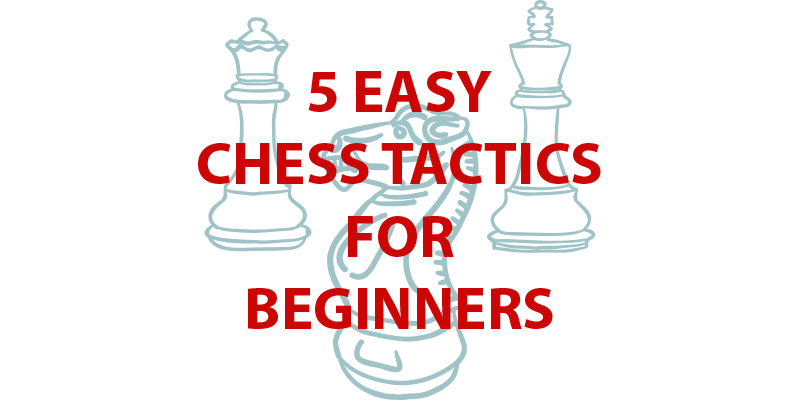
Chess is a game with many approaches to improve. Some say study the openings. Others think, learning the endgames well is a big help. And then there are those who feel learning middle game tactics are best. For some quick middlegame hints read, How to Win at Chess: 4 Tips to Improve Your Middlegame. The answer is yes. If one had unlimited time and energy doing all the approaches is the absolute best. Of course, who has the time. For beginners, who want to find the quickest returns, improving tactical vision is most helpful. This post will offer the 5 most common and easy chess tactics that you’ll run into on the board. They are forks, x-rays, pins, skewers and discovered attacks.
One of the most dangerous tactics on the board is the fork. The fork is a double attack tactic. While all the pieces on the board are able to fork, the knight is the most devastating. Because of their unique L-shape movement they are able to appear completely harmless in one moment and then transform into the most dangerous piece on the board in the next. Here’s and an example.
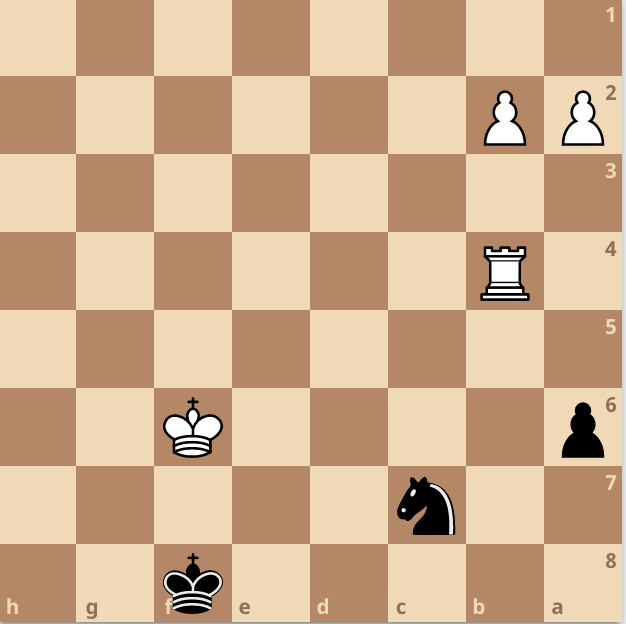
Nd5+ : Simultaneously checks the Queen & attacks the Rook on b4.
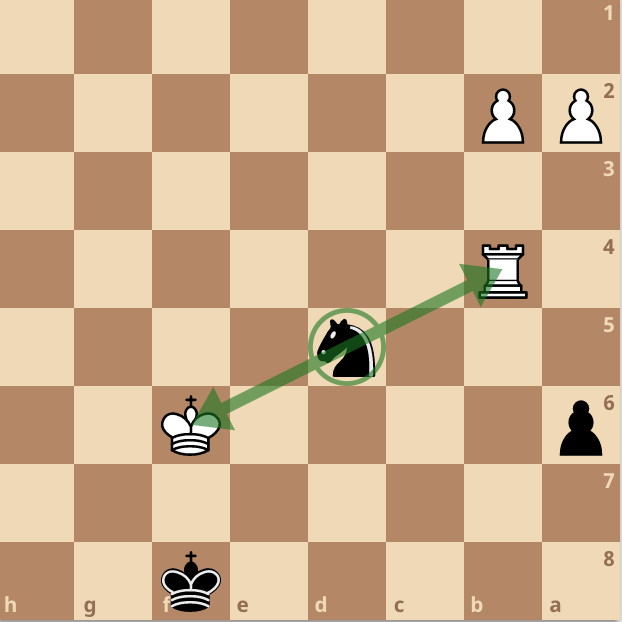
An x-ray is when a piece attacks or controls through pieces and or pawns on the board. It is most useful as a long term trap while waiting for things to open up in positional chess play. X-rays can also be used tactically. In the example below, the black Queen attacks the opposing King through the white Queen. By using the x-ray it fights for possession of all the squares along the diagonal to the King. This allows the bishop to be protected when it forks the King and Queen, winning a Queen in the process.
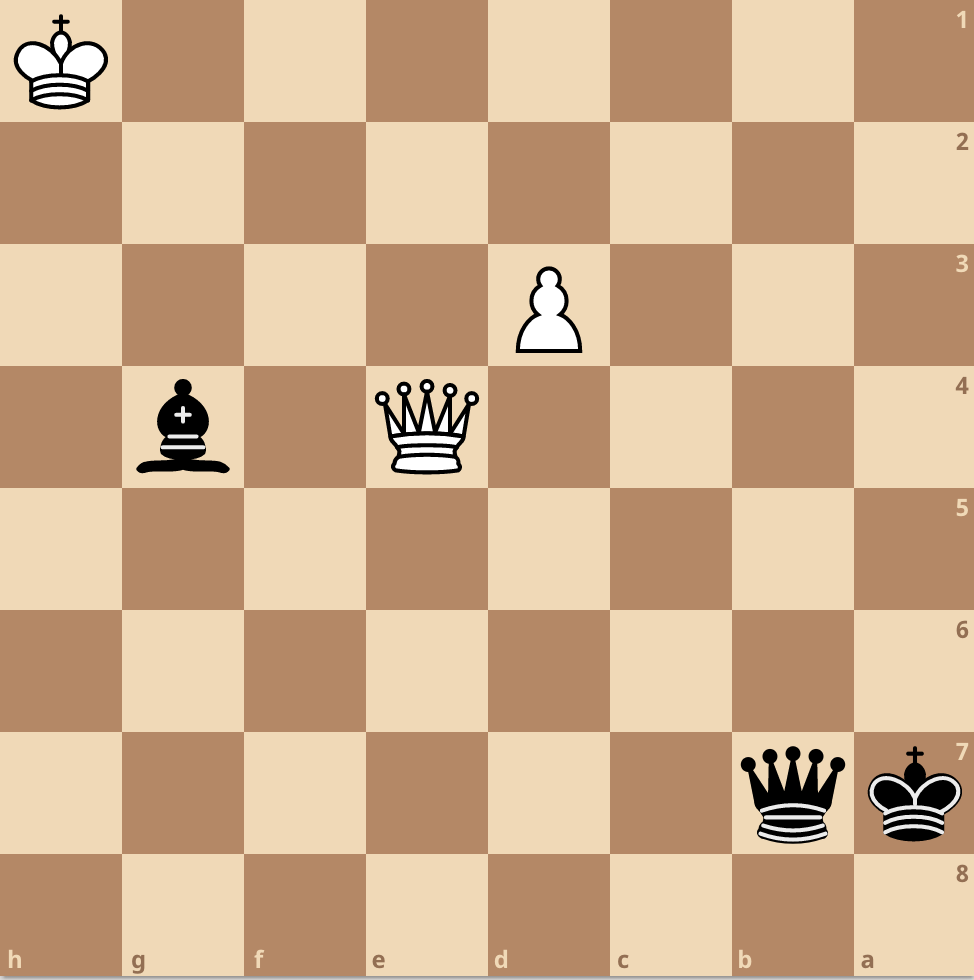
Bf3+: The bishop, through the x-ray protection of the black Queen, is allowed to fork the white King & Queen.
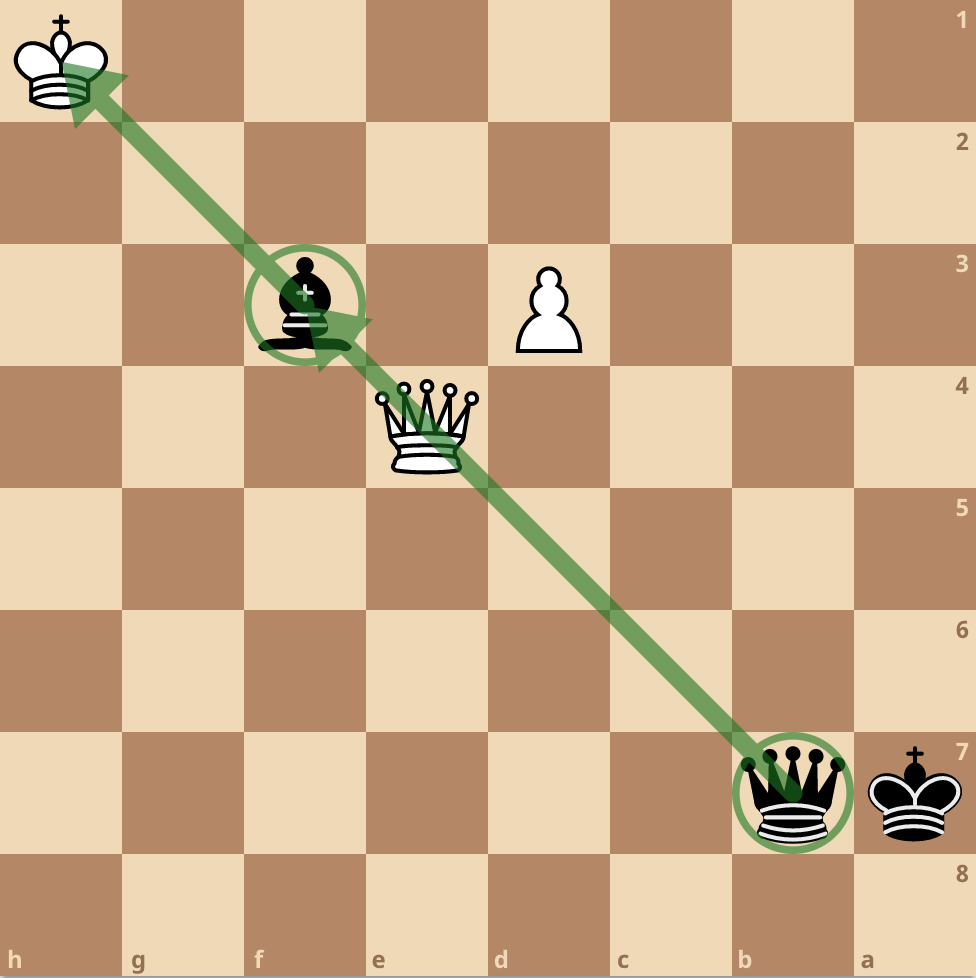
The pin is a powerful tactic that can halt your opponent’s mobility. A pin is when a lesser value piece comes under attack while in front of a more valuable piece. While attacked the minor piece’s movement becomes restricted, for it is the only thing preventing the capture of the major piece behind it.
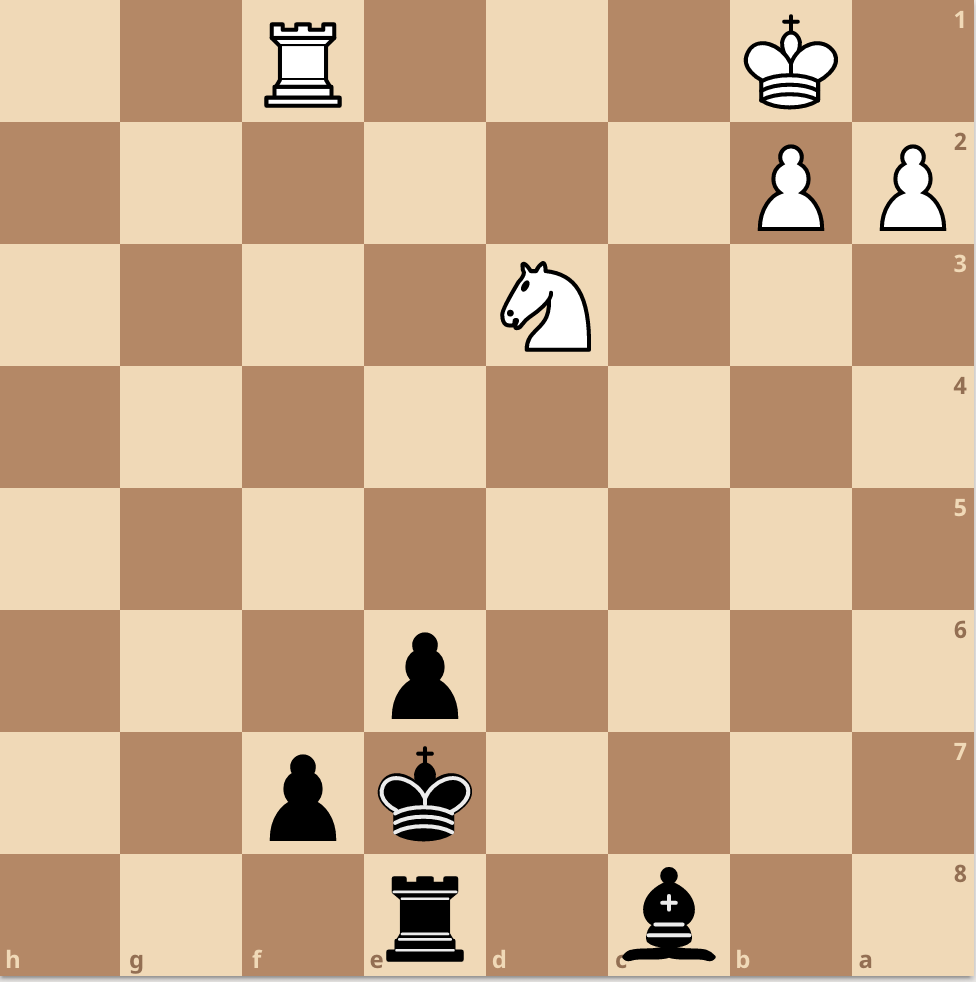
Ba6: Momentarily pins the Knight in front of the Rook.
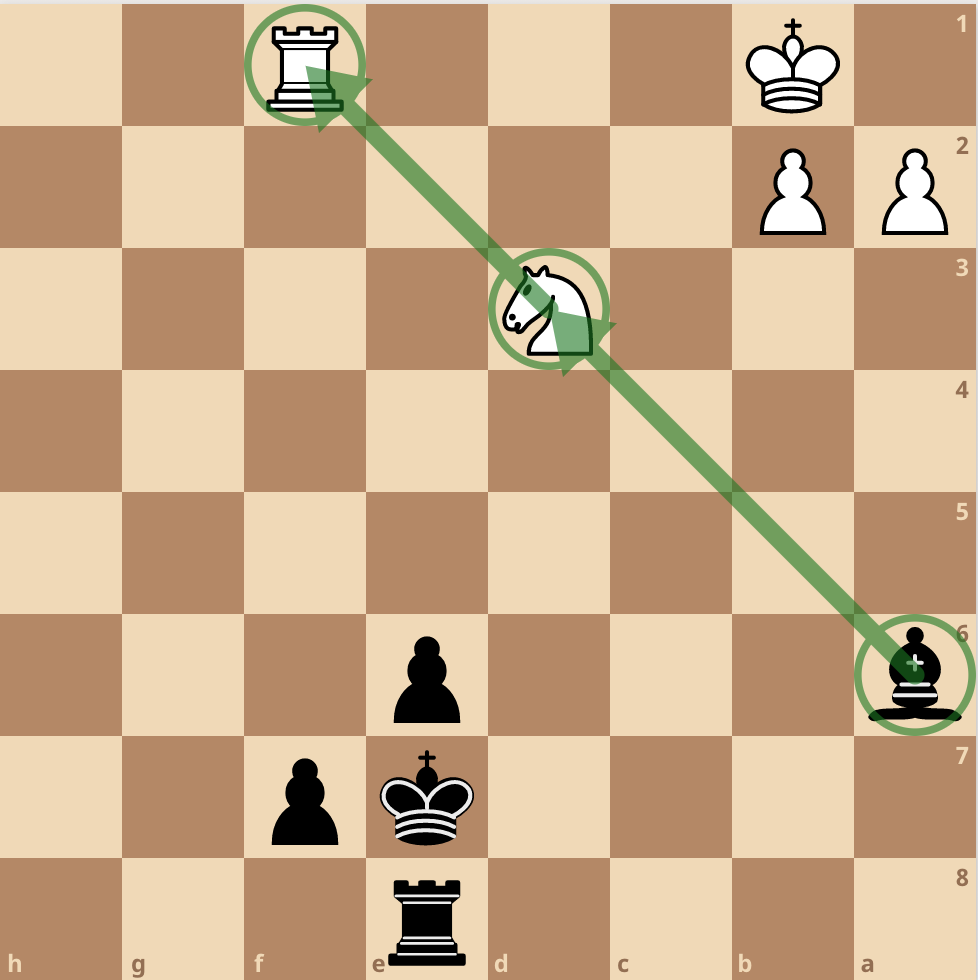
A skewer is similar to a pin except for the places of the pieces under attack are switched. That is, the major piece is in the front of the minor piece. When the major piece comes under fire it must be either be captured or allow for the free capture of the minor piece behind it.
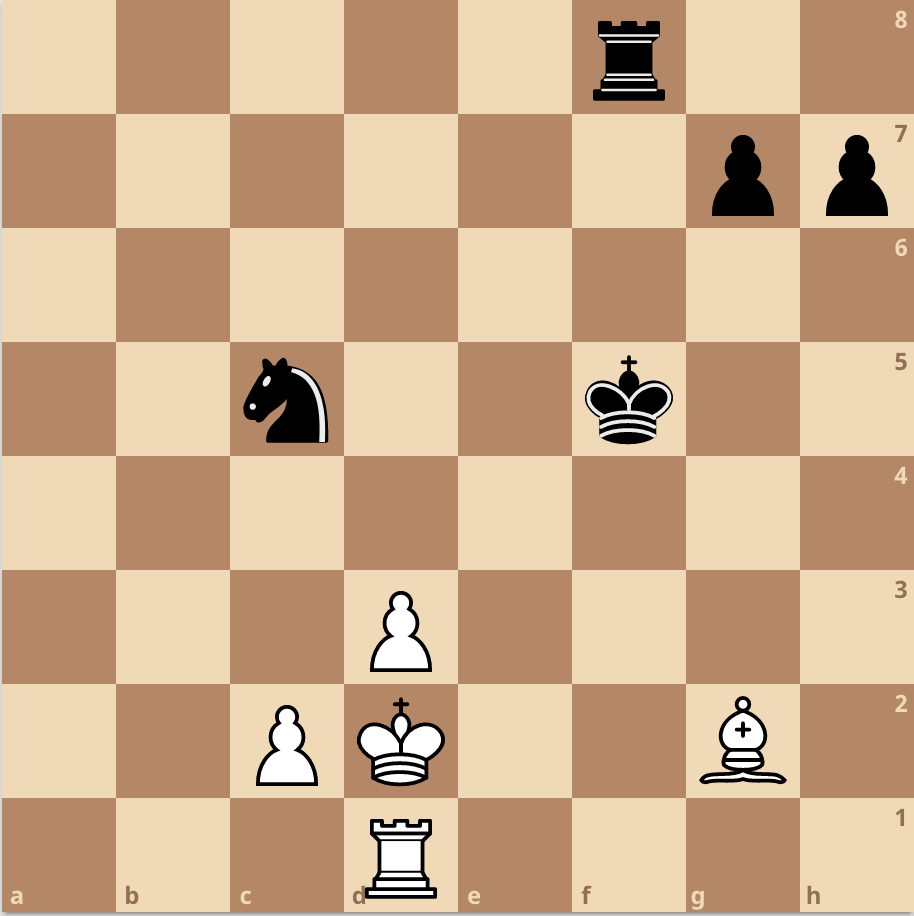
Rf1+: Skewers the King, who must now move, allowing a free attack on the black Rook.
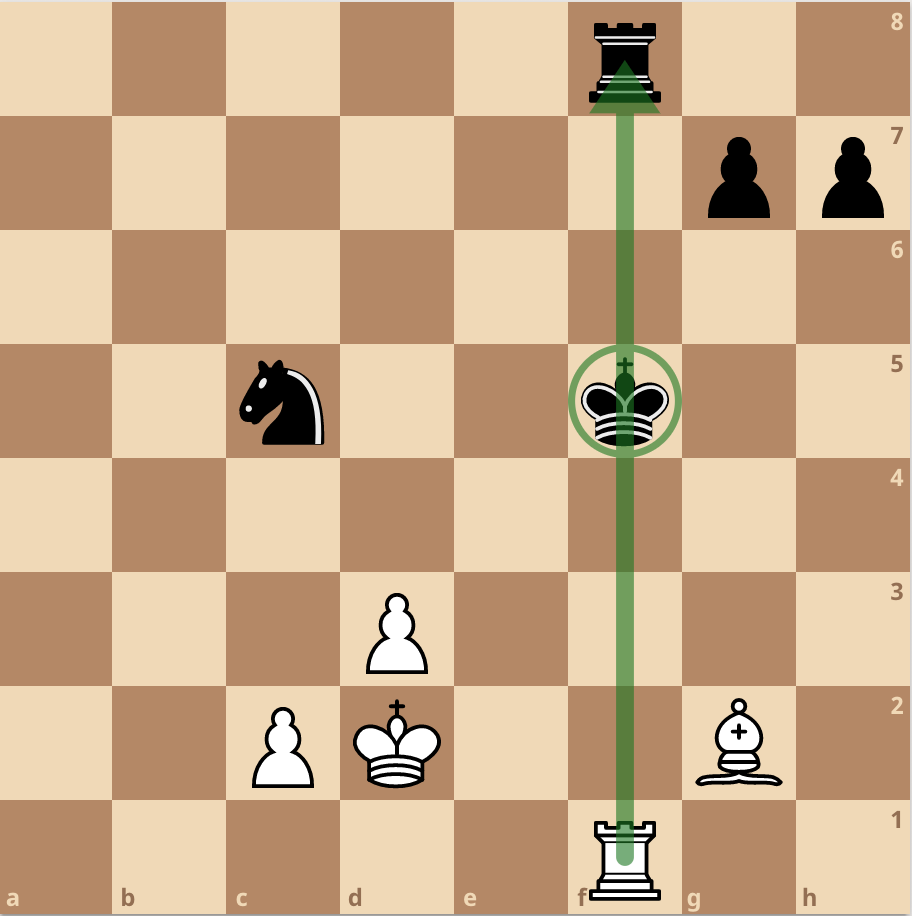
A discovered attack is exactly what it sounds like. That is, it is when a hidden attack is revealed and activated, through a movement on the board. The images below are an example of using an x-ray within a discovered attack.
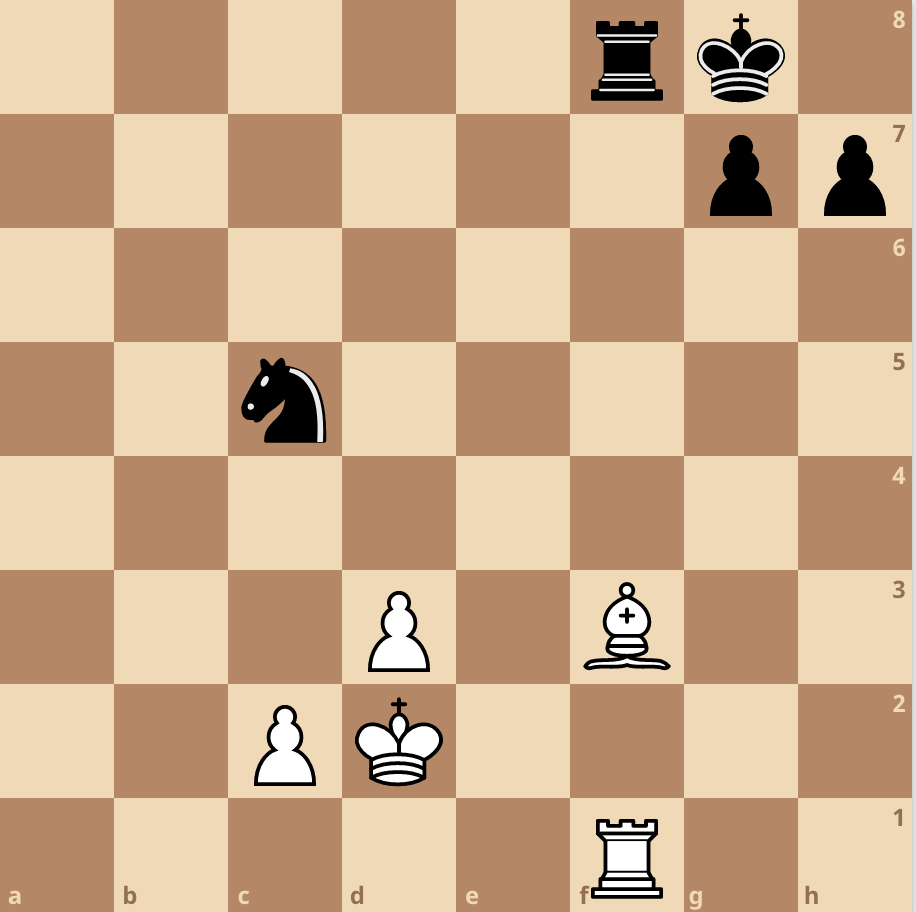
Bd5+: Simultaneously checks the Queen & exposes an attack on the f8 Rook.
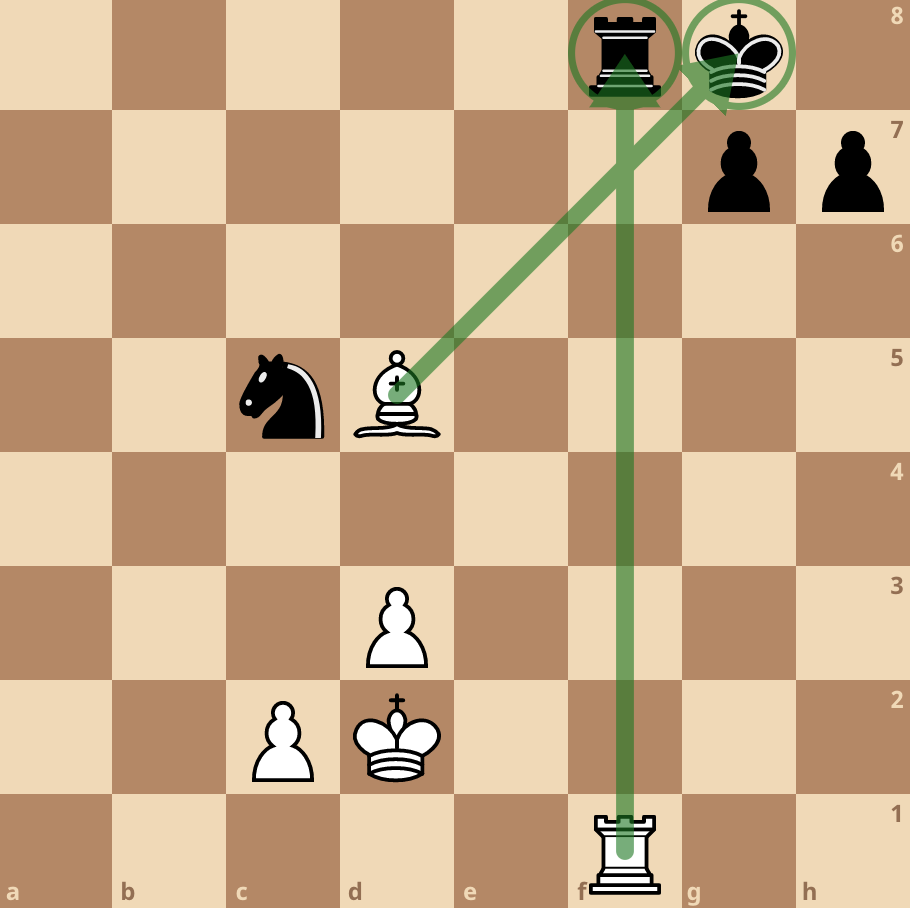
Although there is a plethora of opening studies material available, many feel that serious specific opening study doesn’t really come into play until the higher levels of chess. And while knowing endgames well is always an advantage, many games at the lower ratings are won and loss in the middle game. Therefore, improving tactical vision at the beginning of a chess career figures to be the quickest way to improve. A couple ways to improve tactical vision is to go over annotated advanced player games and or work through tactical puzzles. Happy Solving!
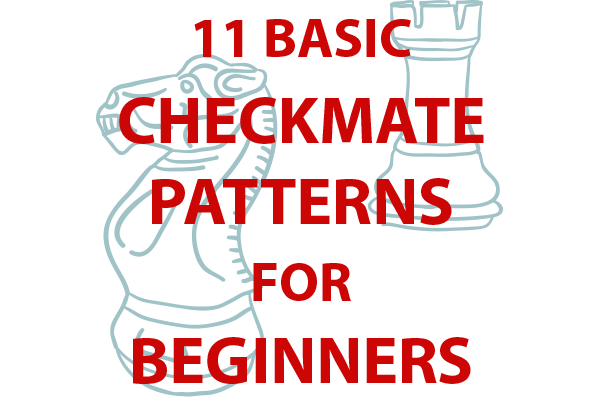 A checkmate pattern is a specific identifiable positioning of pieces...
A checkmate pattern is a specific identifiable positioning of pieces...
 Chess is a game with many approaches to improve. Some...
Chess is a game with many approaches to improve. Some...